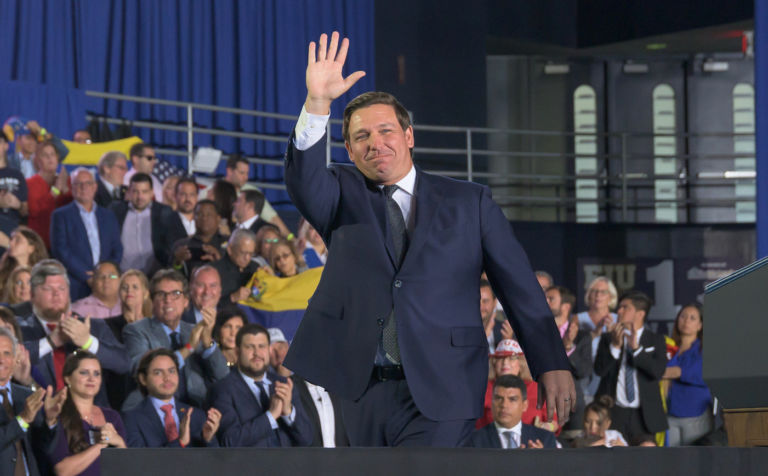Jim Geraghty of National Review Online probes prospects for a full season of professional football.
Compared with teams in other sports, NFL teams have many more players to monitor, test, and keep away from potentially contagious situations. Recognizing that infections might require teams to make unexpected substitutions, Major League Baseball allowed 30 players on an active roster for this season, the NHL allowed 23 players on the active roster for this season, and the NBA allowed 17 players this season. Under the new collective-bargaining agreement, an NFL roster consists of 48 active players, with another twelve on each team’s practice squad, for a total of 60 players. When you factor in the dozens of coaches, trainers, equipment managers, team doctors, and other support staff employed by each team, you’ve got a lot of people to test and keep safe.
The early evidence suggests isolating players away from the rest of the world in a bubble works best, but that is more practical for the NBA and NHL than it may be for the NFL. … Even if each NFL team kept its traveling party to 100 people, the league would need to find a host city that could adequately house 3,200 players, coaches, and staff, as well as provide practice facilities for 32 teams — or two cities hosting 1,600 each, or four cities hosting 800 each, etc. The teams would need to operate in the bubble for a full 17 weeks (sixteen weeks and a bye week) plus the playoffs.
And that’s assuming players show up. Already as of this writing, 45 NFL players have announced their intention to opt out of the upcoming season. Some players are citing their own health issues, or the health issues of family members. Professional athletes are, by and large, young men in peak physical health, and the survival rates for that demographic are extremely high. But there’s always that chance of a player having lingering health issues because of a coronavirus infection.


